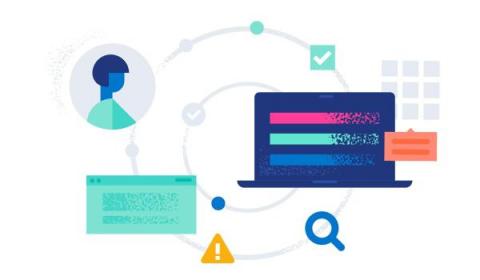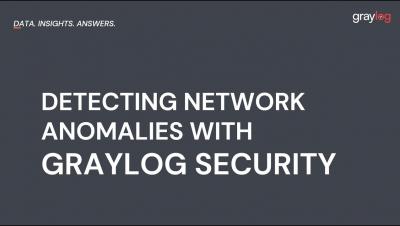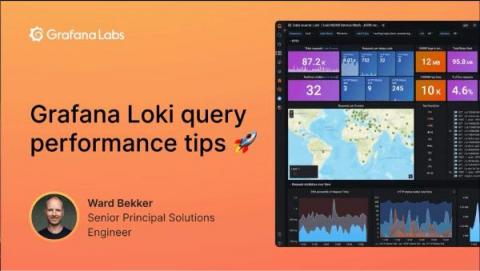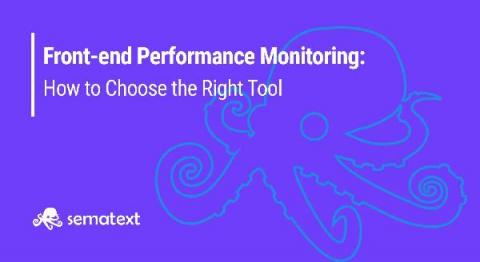5 Logstash Alternatives [2023 Review]
When it comes to centralizing logs to Elasticsearch, the first log shipper that comes to mind is Logstash. People hear about it even if it’s not clear what it does: – Bob: I’m looking to aggregate logs – Alice: you mean… like… Logstash? When you get into it, you realize centralizing logs often implies a bunch of things, and Logstash isn’t the only log shipper that fits the bill.











